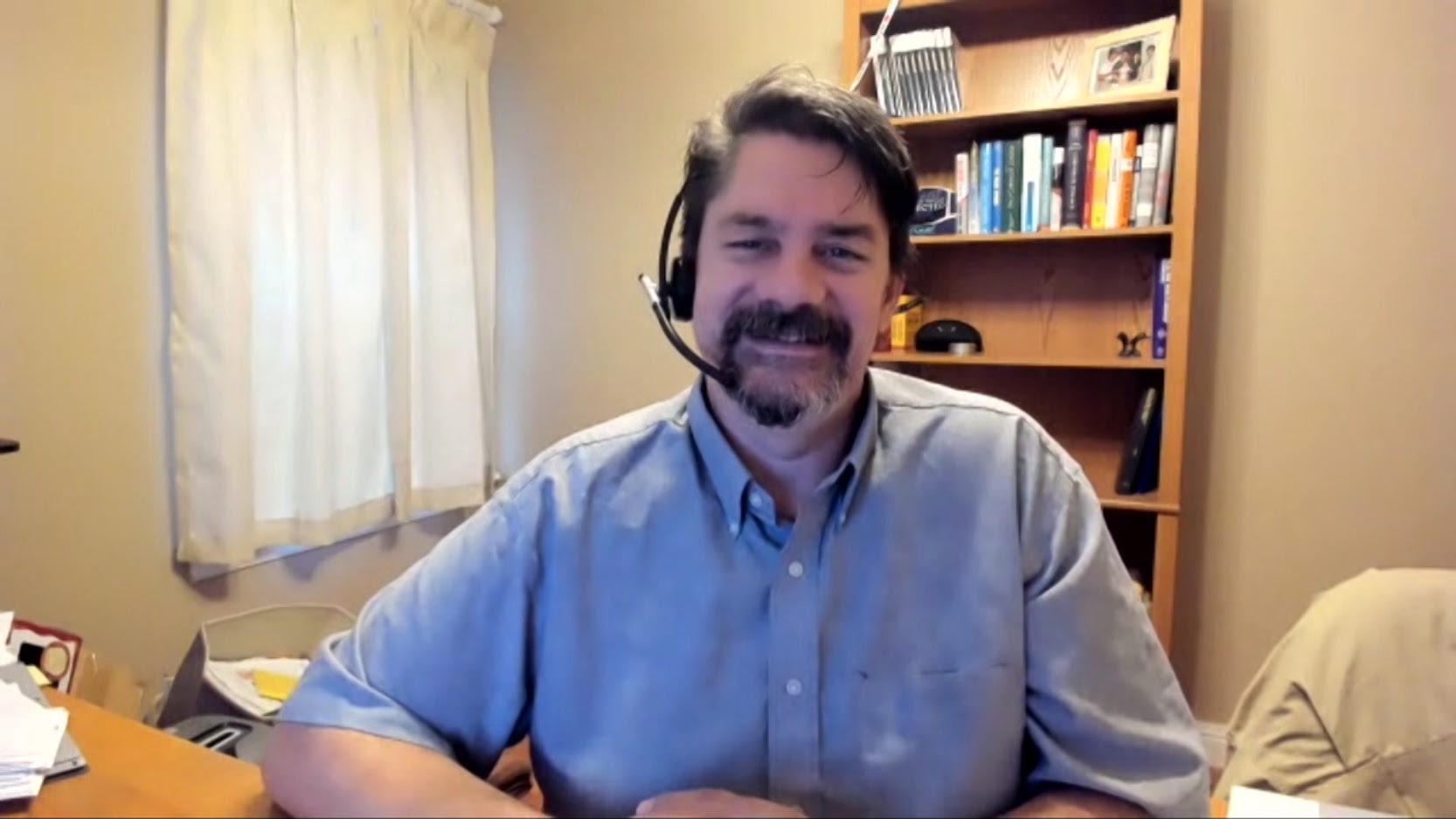 NEWS
NEWS
 NEWS
NEWS
 NEWS
NEWS
Even a company with no plans to go cloud native, if it’s modernizing, is probably embracing basic cloud native tenets. That means realizing that change is good, as well as adopting practices for implementing it without breaking stuff. So we asked a founder of the Cloud Native Computing Foundation for tips on how businesses — even large enterprises — can meet their agility goals.
Companies first have to know what changes are worth making, according to Ken Owens (pictured), vice president of software development engineering at Mastercard Inc. and a founding member of CNCF. There may be a thousand ideas on the table, but how do they decide which merit work and funding? Asking customers seems like an obvious way to find out, but it’s strangely uncommon, Owens pointed out.
“You’d be surprised how many customers don’t ever get asked for their opinion on how something works,” he said.
Owens spoke with Jeff Frick, host of theCUBE, SiliconANGLE Media’s livestreaming studio, during the KubeCon + CloudNativeCon NA event. They discussed the CNCF’s end-user community and the best tools and practices for agility. (* Disclosure below.)
Customers and users are actually often quite eager to provide feedback. Owens knows this, because, since day one, the CNCF has actively encouraged end users to get involved in and contribute to projects. Today, over 150 end users make up a vital unit of the foundation.
Companies can potentially incorporate end-user feedback into their research and development, product design, improvements, new releases, etc. Of course, once they have their opinions, they need to think about what to do with them. Giving them what they want before they wander over to competitors requires technologies built for rapid iteration.
Owens credits open-source technology as the engine making much of CNCF’s rapid innovation possible. The constant user contributions that build and improve on projects are a major benefit to open-source technology. Another is the absence of lock-in see seen with the best open-source projects. They let companies freely move among open options without the lengthy switching or opt-out processes that characterize traditional vendors.
Automation is also helpful to companies who want to minimize toil and the risk of damaging errors as they try new things, according to Owens. “Automation is something that’s almost as big of a key tenet as open source should be,” he said.
Companies should use automation where feasible in infrastructure as code. In fact, the enterprise ought to be seeing a lot more of it in storage, networking and security, according to Owens. Application testing is another area where automation can make innovation less scary. Enterprises often see test coverage as low as 10% to 20%, leading to high failure rates, Owens added. Automated testing can dramatically raise test coverage without a lot of time-consuming manual work.
“[Automation] is one of those foundational things that really helps you to get rid of some of that churn and some of the toil that you run into in a production environment where you’re trying to always figure out what went wrong,” he said.
After the proper amount of “shifting left,” companies have to pull the trigger and be OK with failing fast and starting over. “You’ve got to deliver iteratively; if you don’t … you’re never going to be ready,” Owens said.
CNCF’s end-user community is still growing, and Owens says he loves to hear from new users. Anyone interested can go to CNCF’s website to find out how to get plugged into the community.
Here’s the complete video interview, part of SiliconANGLE’s and theCUBE’s coverage of the KubeCon + CloudNativeCon NA event. (* Disclosure: The Cloud Native Computing Foundation sponsored this segment of theCUBE. Neither CNCF nor other sponsors have editorial control over content on theCUBE or SiliconANGLE.)
Support our mission to keep content open and free by engaging with theCUBE community. Join theCUBE’s Alumni Trust Network, where technology leaders connect, share intelligence and create opportunities.
Founded by tech visionaries John Furrier and Dave Vellante, SiliconANGLE Media has built a dynamic ecosystem of industry-leading digital media brands that reach 15+ million elite tech professionals. Our new proprietary theCUBE AI Video Cloud is breaking ground in audience interaction, leveraging theCUBEai.com neural network to help technology companies make data-driven decisions and stay at the forefront of industry conversations.